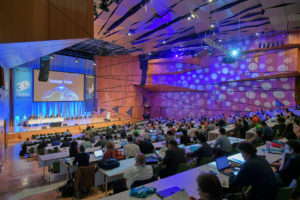EUMETSAT, the European Organisation for the Exploitation of Meteorological Satellites, welcomed experts in the field of meteorology, climatology and monitoring of the environment to the 2016 EUMETSAT Meteorological Satellite Conference. The conference discussed advances in nowcasting and short-range numerical weather prediction (“limited area modelling”), marine meteorology and oceanography and the Arctic challenge, amongst other topics. It was held in EUMETSAT’s home town of Darmstadt in Germany from 26 to 30 September 2016. Darmstadt holds the official title “City of Science” as it is a major center of scientific institutions, universities, and high-technology companies. This was particularly fitting as 2016 saw the 30th anniversary of EUMETSAT’s establishment in 1986. There were significant keynote talks throughout the week, capped off by a keynote roundtable panel.

INNOVIM’s Chief Science Officer, Dr. Philip Ardanuy, attended the conference and briefed “Environmental Information in Every Decision,” which included contributions from coauthors representing NASA’s Applied Sciences Program Office, NASA’s Earth Science Technology Office, and The Weather Company/IBM, among others. The paper considered several classes of decisions (public/private; corporate/ commercial; real-time/tactical/strategic) and how intersections of technology maturation and evolving societal needs can drive our concepts for exploitation of emerging technologies for, and data collected from, a future satellite observing systems generation. The paper considered seven emerging sea changes in environmental information processing: the Internet of Things, cognitive sciences, multi-disciplinary decision making, emergence of the private sector, ubiquitous low-cost computing, miniaturization of flight systems (e.g., cubesats, nanosats, and “u-scale” satellites), and exascale computing.
The self-driving car is a perfect example of an environmental sensor with local cognitive computing and decision making. These things are happening already: a ”smart” building proactively managing its internal environment; a “smart” car initiating traction control based on improved strategic road info, identifying pedestrians in night vision and alerting driver; a farmer’s management system making strategic irrigation decisions. Our new social fabric in access and use of environmental information will likely rapidly evolve in coming decades.
In addition, Dr. Ardanuy represented the American Meteorological Society (AMS) in his capacity as AMS Councilor, and conducted several planning meetings for the upcoming AMS Satellite Conference in Austin, TX (January 2018), and the joint AMS-EUMETSAT Satellite Conference in Boston, MA (September 2019) to be held as a part of the AMS Centenary celebration.
